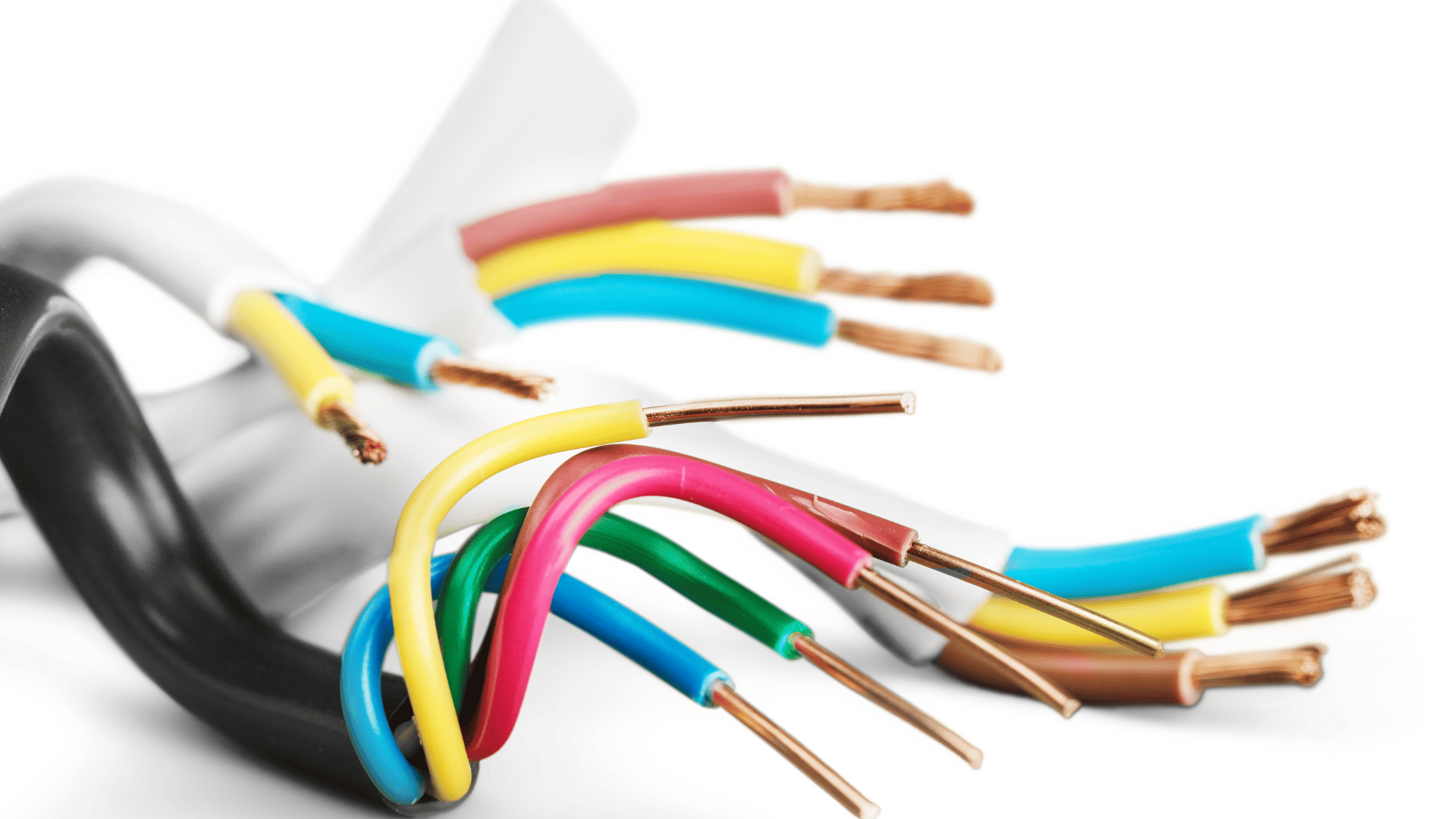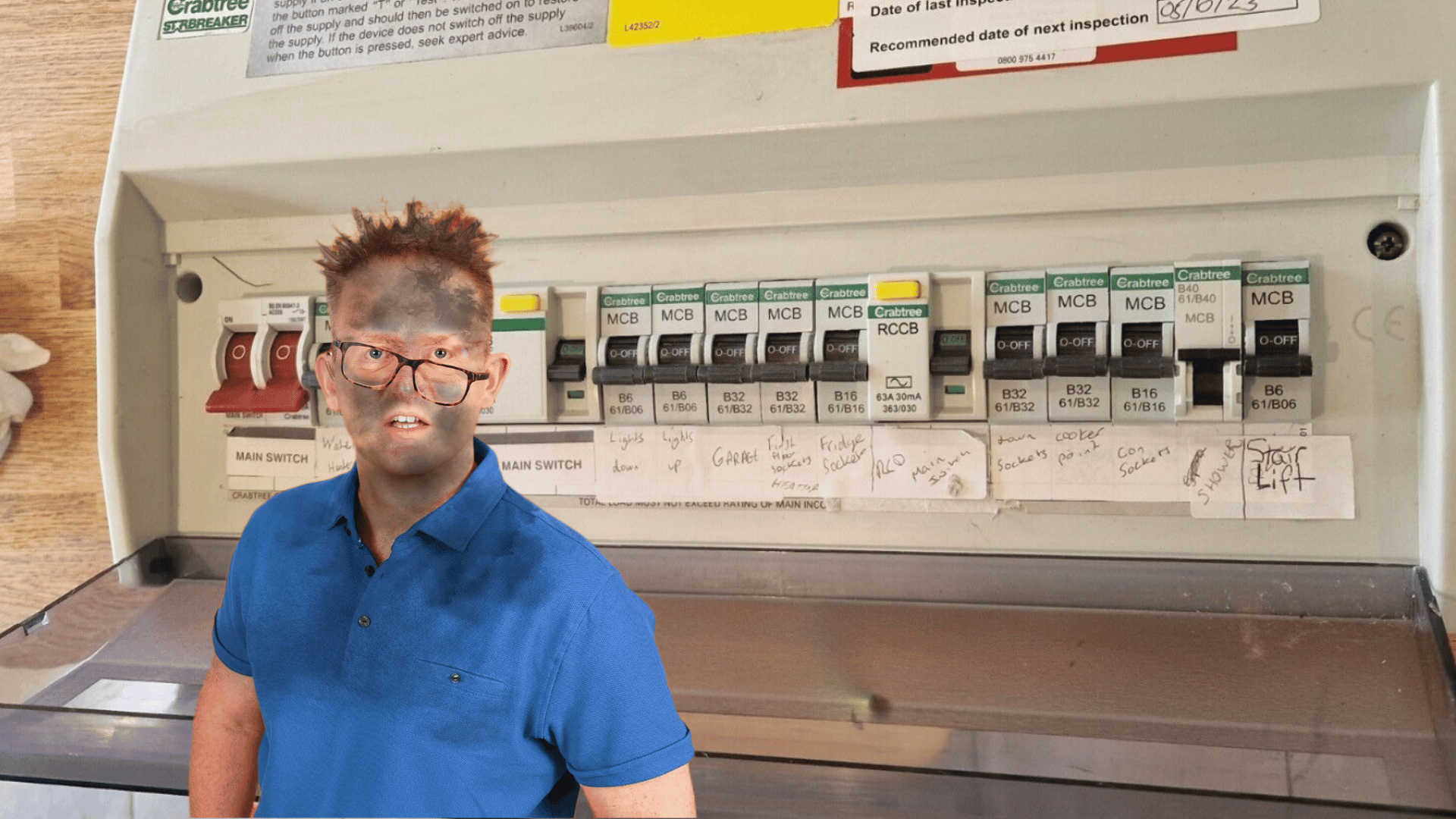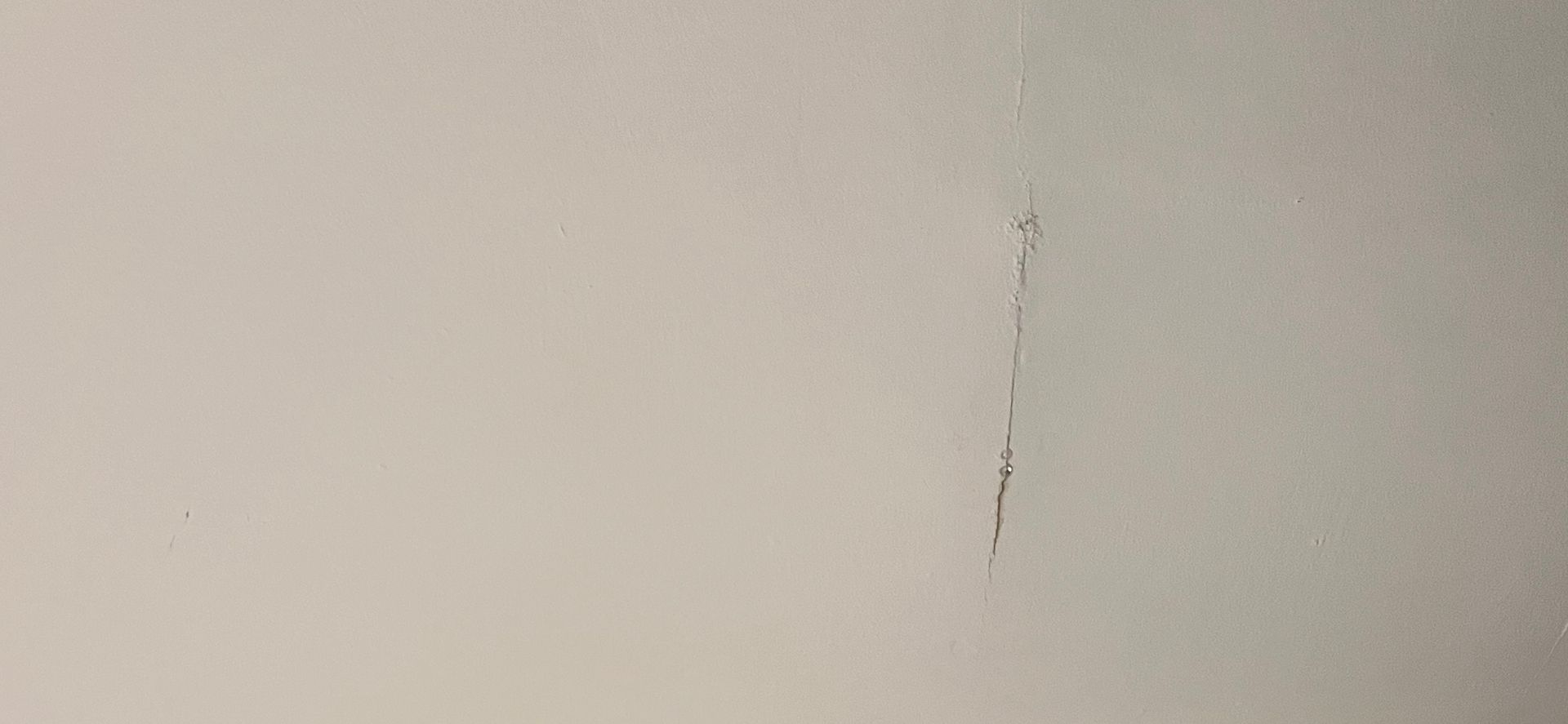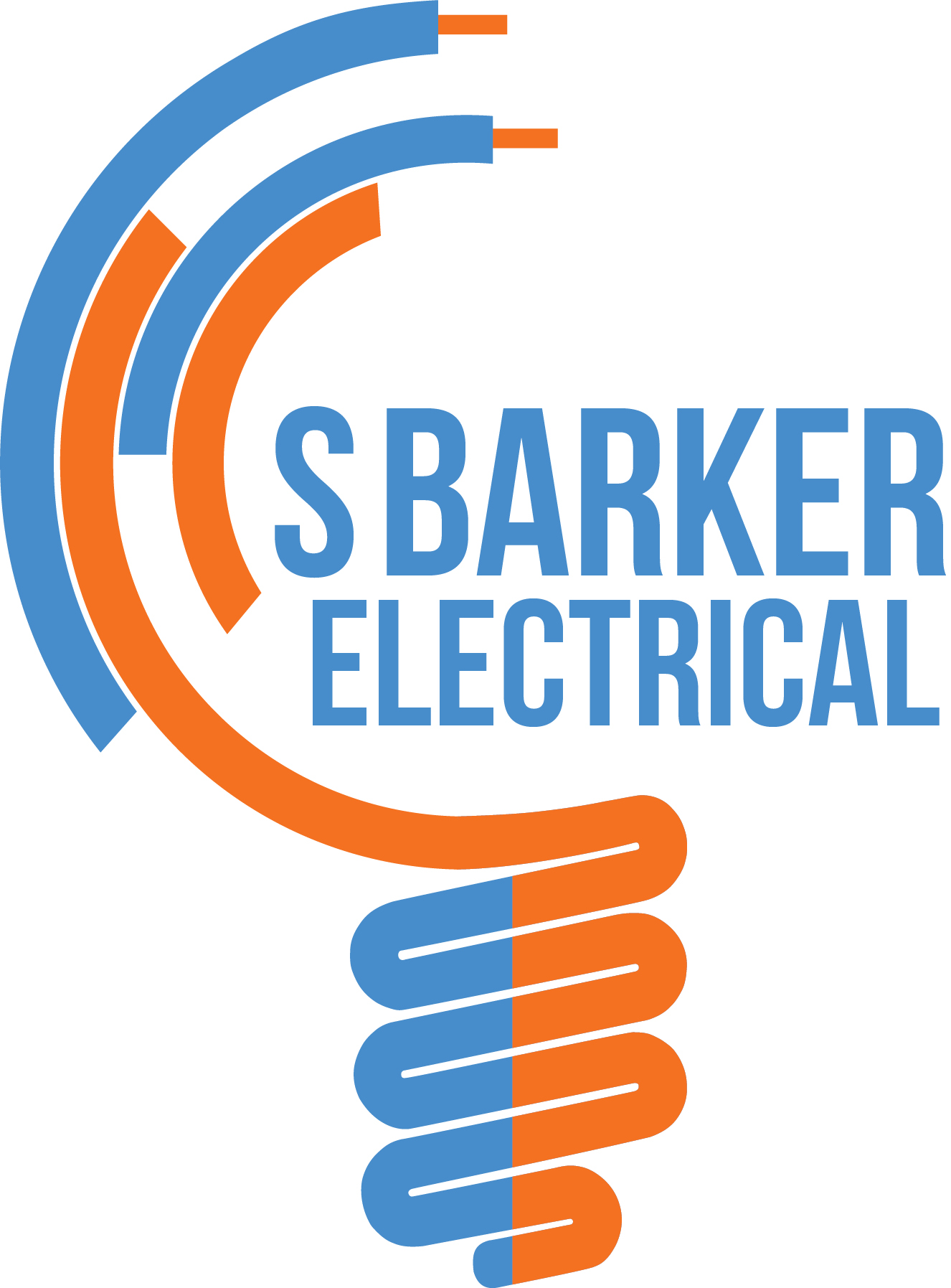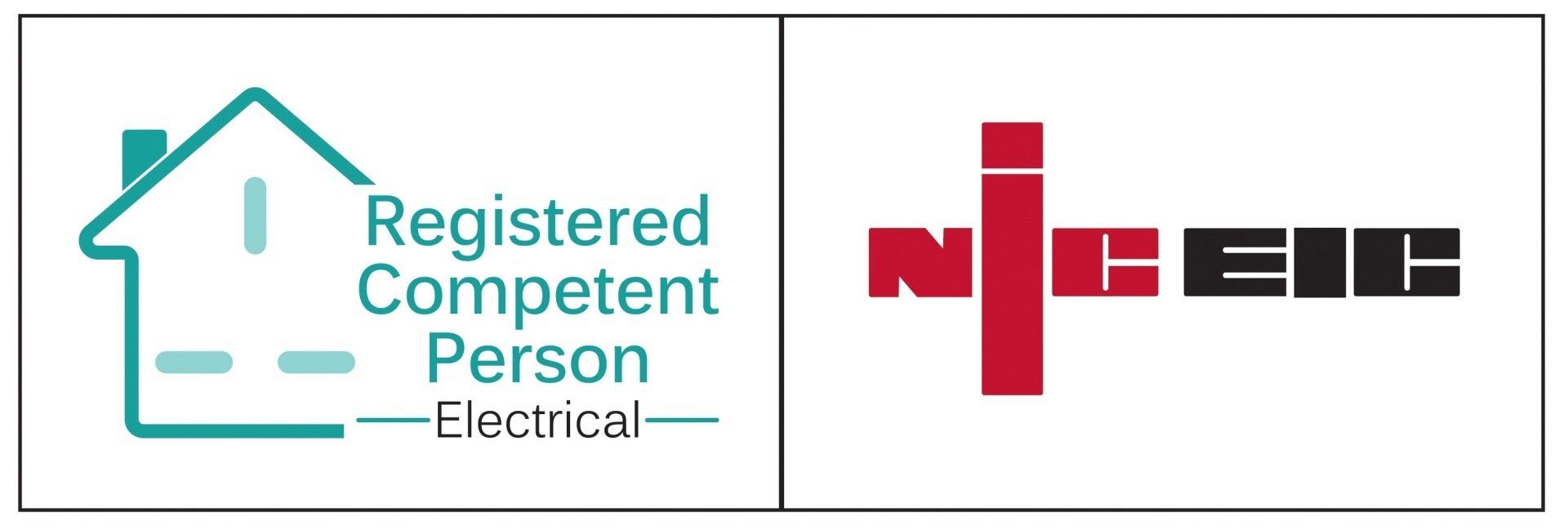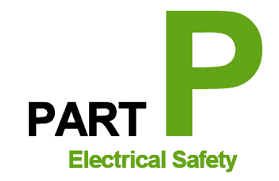Why old fuse boards can be dangerous
Have you checked your fuse board lately? No? Then it may be worth taking a look at your fuse board to check it has all the latest safety measures installed. I will describe in detail what these are and what they do later in this blog. But first, I want to highlight why old fuse boards can be dangerous and why you should make checks.
The recommendation is that homeowners hire a registered electrician to carry out an Electrical Installation Condition Report (EICR) at least once every ten years, to check the safety of the electrics in your home.
It is recommended for many reasons:
· The Electrical Regulations (BS 7671) are updated regularly, so older fuse boards may not have the latest safety mechanisms
· If your fuse board is quite old, it may not be able to handle all the demands from today’s gadgets and chargers
· If you have renovated, or built an extension, it is a good idea to make sure your electrics can take the extra demand
· If you have moved house, or are thinking of moving, it is a good idea to obtain an EICR along with the survey, so you know that the electrics in your new home are safe
· If your fuse board is difficult to get to, or in a cupboard where you also store spare paint or other flammable liquids
· If your fuse board is old, then your wiring may be old too, and wiring will deteriorate over time
Why old fuse boards can be dangerous
In addition to the points above, there are some tell-tale signs that your electrics and fuse board may need to be checked. If your fuse board is old and cannot handle the demands you are placing upon it, you may experience flickering lights or frequent tripping. Sometimes there can be a burning smell or scorch marks on the fuse board itself. You may even have sockets that don’t work. All these are indicators of why old fuse boards can be dangerous and signs that you need to replace the old fuse board with a new consumer unit that complies with the latest Electrical Regulations (BS 7671) and has many safety features as standard.
The best reason for replacing an old fuse board is electrical safety, making sure your home is safe for you and your family. If you have experienced any of the issues I have mentioned above or you are unsure whether your fuse board is safe, simply take a picture of it and send it to S Barker Electrical via the contact form on our website. If it is necessary to replace the old fuse board with a new consumer unit, you will have peace of mind knowing that our installation work has a ten-year guarantee and is backed by NICEIC (National Inspection Council for Electrical Installation Contracting) Insurance.
Safety features of a new consumer unit
In the main, the reason why old fuse boards can be dangerous is because they don’t have the safety features available today. I will now explain the different safety features of a consumer unit using the picture below:
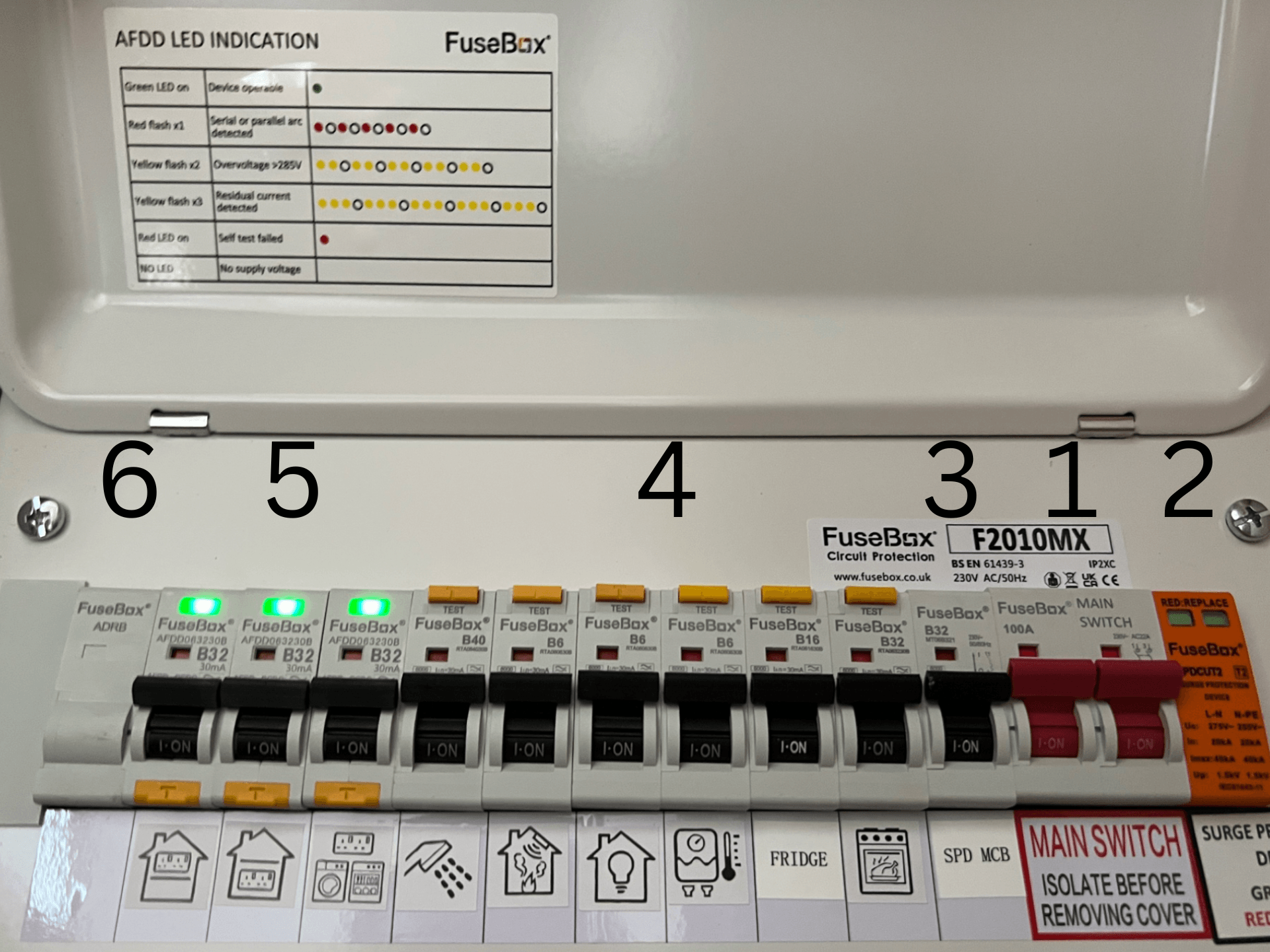
1 Main Switch
This is the only mechanical device in the unit. It is a mechanical isolator that switches the entire board on or off and will not operate automatically.
2 SPD (Surge Protection Device)
An SPD gives you protection from voltage spikes and prevents damaging ‘noise’ from harming your expensive electronic devices.
3 Standard MCB (Miniature Circuit Breaker) or Breaker
An MCB is similar to the old type of fuse, except for the fact that it can be reset by switching it back up. MCBs are isolating components designed to automatically trip the circuit if the current is too high, whether caused by an overload or a fault. These devices are slower than 4 below, and unfortunately won’t catch every type of fault.
4 RCBO
The RCBO is two safety devices in one, an MCB (which I explained in 3 above), and an RCD, or residual circuit device. It has been designed to combine protection from both over currents (caused by overloading or faults as in 3 above) and earth leakage currents. The current flowing through the ‘live’ wire, should be exactly the same as the current returning through the ‘neutral’ wire. If the returning current is different, it means that some of the current has been lost somewhere, either through a fault, or in the worst case scenario, through someone receiving an electric shock! Any imbalance in the two currents will trigger this device to disconnect the circuit to ensure protection for the equipment and the person using it.
It is crucial that RCBOs are tested every six months by pressing the TEST button (yellow in the picture above), to make sure that they are working correctly. The should ‘trip’ the circuit. A detailed check by a registered electrician should also be undertaken every few years to make sure that the RCBO is operating within the correct tolerance measurements, and that it hasn’t become jammed, insensitive or too sensitive.
5 AFDD (Arc Fault Detection Device)
This three-in-one safety device is new, and has an LED light status indicator, as you can see in the picture. This device is a standard MCB, an RCD and an AFDD all in one device, as because it combines all three safety features, costs more than the other two I have talked about.
Many electrical faults and fires are caused by frayed, damaged, or loose connections. These connections cause sparking, which in turn leads to overheating and eventually, a fire. AFDDs detect this particular kind of sparking and trip when they detect this is happening. They can detect the difference between sparking and the kind of sparks that happen when electrical appliances are plugged in, so homeowners won’t get nuisance tripping.
At the time of writing this why old fuse boards can be dangerous blog, these particular devices are ‘recommended only’ on socket circuits, but it is likely that they will become part of the Electrical Regulations at some point. If you want to keep up to date with changes in the regulations or new safety devices coming on to the market, you can subscribe to our emails, or myYouTube channel.
6 Solid Blank
A Solid Blank goes into any unused slot in the unit. They are a bit like an ‘empty’ MCB and cannot fall out because they are secured internally. You can also get flat blanks such as the one shown next to it, but those can push in, and expose any live parts.
Hopefully, this blog has explained why old fuse boards can be dangerous and the modern safety devices that are fitted on to new ones. If you are at all worried about the age or condition of your fuse board or feel that it is time to replace the old fuse board, head over to our quote form or contact page on the S Barker Electrical website. While you are there, why not check out the information on the fuse board page and our video that explains the steps required to replace the old fuse board with a modern consumer unit like the one in the picture.
Enjoying These Blogs Posts? Subscribe below
